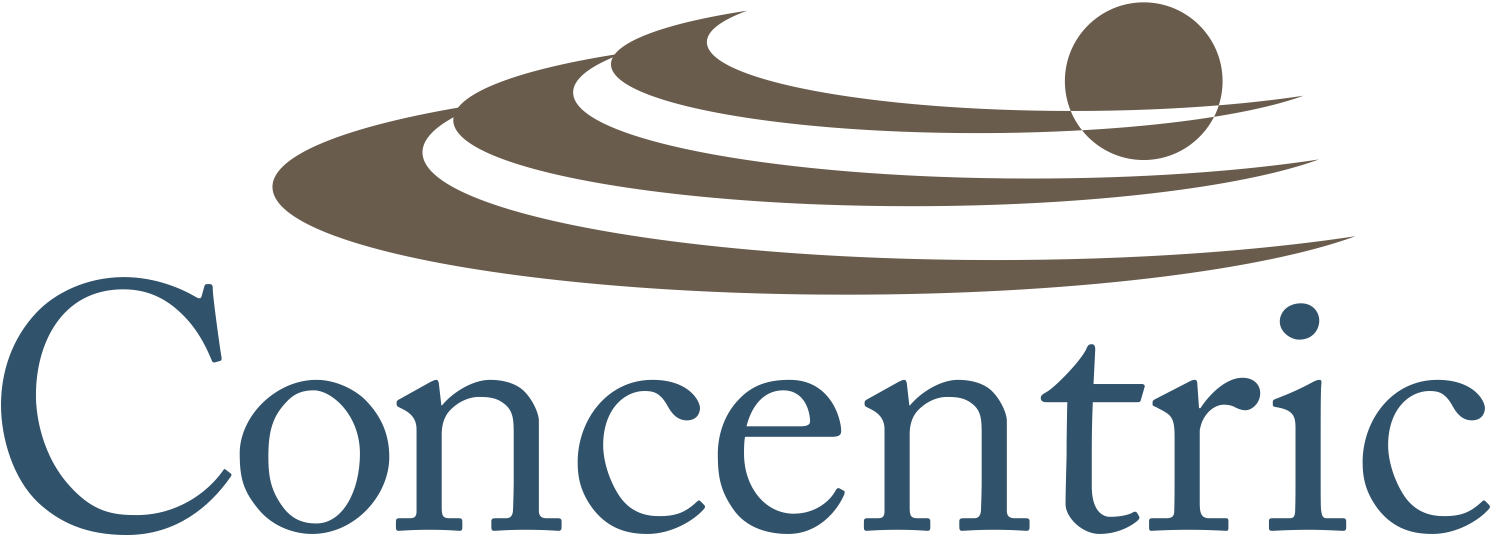Correlation Matrices
With the official publication of the ISO 9001:2015 International Standard merely weeks away, several veteran auditors and ISO 9001 implementers will be faced with another round of re-learning the new clause structure. Since 1995, I've looked at these various international standards more than any other document in my lifetime. A large portion of the 1987 and 1994 versions are still alive and well in the back of my mind. Memorizing the majority of these standards makes for a tough paradigm shift when a new version comes along - the shifting of the deeply-rooted paradigm. The Bibliography section of the ISO 9001:2015 FDIS (final draft international standard) features a rich source of references, citations and online resources to assist with your transition from 2008 to 2015. One tool that we here at Concentric find particularly useful (i.e. it has been with me daily since the FDIS release) is a document called the Correlation Matrices between ISO 9001:2008 and ISO 9001:2015.
Use this tool to help in the mapping of existing processes, documentation and records (now called "documented information") in order to see how the new standard aligns with your organizational structure. For those organizations that have used the 2000/2008 numbering scheme as the baseline for documentation numbering, note that there is no requirement stating that you have to renumber according to the new structure. In fact, we advise that you build your documentation around the unique processes and internal numbering structure, or other language, that makes sense to you. Until then, the Correlation Matrices can be a useful tool to aid you in your transition.
ISO 9001 Correlation_Matrices from TC176SC02
For other useful resources to assist with your transition, visit our ISO 9001:2015 Resources page featuring recorded webinars, key links, references and other free tools.

